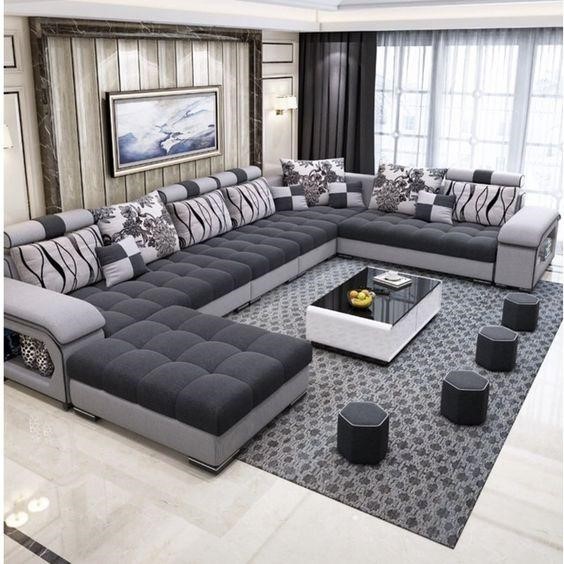Nowadays, every business sector is growing.
Architecture, construction, interior design are following this trend.
Many new buildings are constructed with the global development – residential, public, administrative, etc. And when it comes to creating the perfect room, every designer is aware that furniture can make the space a real masterpiece or ruin it, purely aesthetically.
In order to be positioned in modern markets, furniture manufacturers and retailers rely on their image online.
It is definitely more convenient for all of us to look at a catalogue of furniture online. Or we can inspire ourselves from a manufacturer’s site located on the other side of the country. We can even buy some furniture from this manufacturer if it fits our taste and matches our needs.
So, in order to be noticed, sought after and successful, furniture manufacturers and retailers rely on good image in the online space. Product photography provides them with the ability to achieve this goal.
Photographing furniture does not look easy. In many cases, the individual parts are large. Furniture for whole rooms or buildings is often presented. In many cases, the manufacturers, designers, or even the builders, hire professional photographers to ensure the quality of the images they need.
Depending on the intended purpose of the furniture to be captured (whether it will be for an online shop, website, catalogue, interior design), the photographic teams can go to a specific place or a series of furniture can be sent to a specific photographic studio. The process is complex, it requires efforts and time.
Of course, things are simpler when it comes to capturing smaller or renovated furniture. It is enough to follow certain techniques and to use the right equipment.
When photographic furniture, the main goal of the photographer is to create a flawless and representative image that encourages the consumers to evaluate the quality, style and functionality of the furniture.
The photographer must achieve consistency and feeling in every frame, because these images are expected to be printed in a catalogue, published on a site, to be used in marketing campaigns and social media.
What is the most suitable product photography style for capturing furniture?
There is a simple definition that if a given furniture is set in the right environment, each piece will speak for itself.
Depending on the intended purpose of the photos, different styles of product photography can be applied.
For example, a white background is most commonly used for the online stores. Several frames are made from different angles covering the front, side and upper part of the furniture. This gives the consumer an idea of the overall appearance of the given product. Of course, some people prefer to add a detailed frame. The focus is on the relevant element or characteristics – an ornament, shape, fabric from which the object is made, and so on.
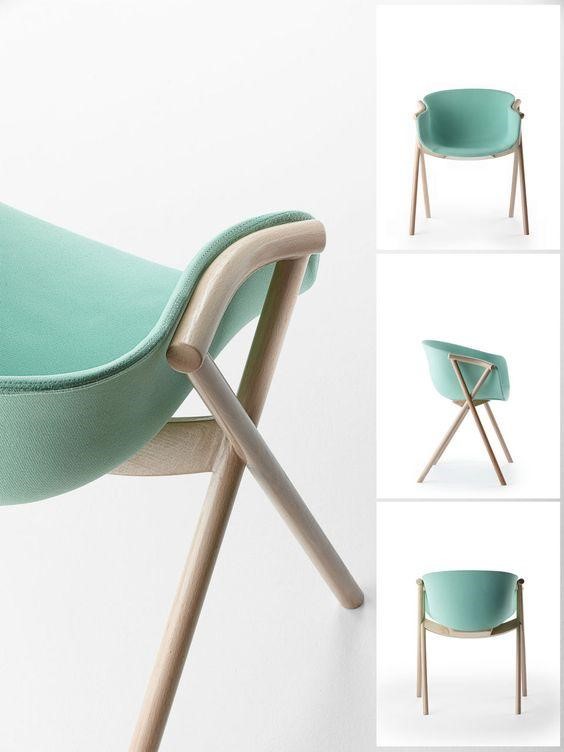
Photo: http://www.design-milk.com
As technologies become more advanced, many brands in this industry decide to rely on interactive demonstrations. Or to capture furniture for an online presentation with a 360 – degree view. In this way, their consumers get a real experience and are able to come close to the product, despite the lack of physical contact. In its most sophisticated version, the 360 degree view allows the user to rotate the furniture in all directions and on all sides. Another advantage is that the customer is able to visualize the respective functionalities, which is definitely a fulfilling presentation.
Large-scale capturing is essential when it comes to furniture photographing. Even if the dimensions are mentioned in the description of the product, there is always a chance that the buyer will not be able to match them to reality. It would be beneficial to include visual signs, for example pair of shoes or a painting on the background, in order to indicate the size of the furniture.
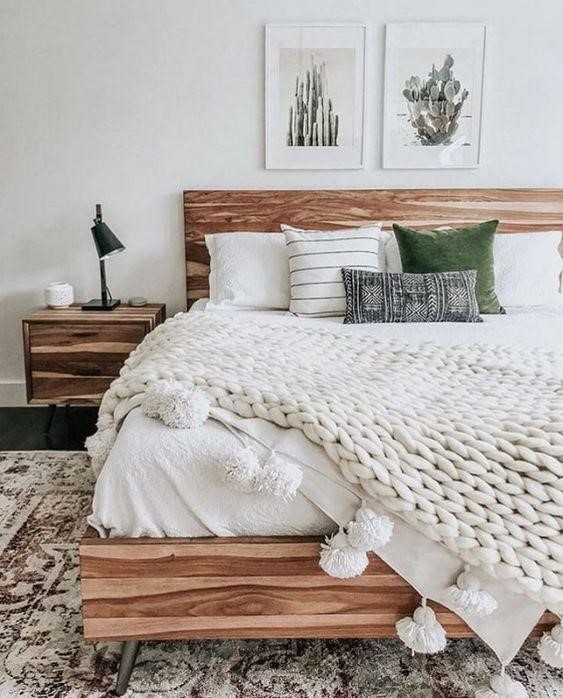
Photo: http://www.trendhunter.com
Grouping of such furniture or pieces of furniture always complement the main object and expand the imagination of the users. Moreover, from a marketing point of view, individual parts can lead to a different section of the website, show different information, or even link to videos demonstrating the distinctive features and functionalities of the main product.
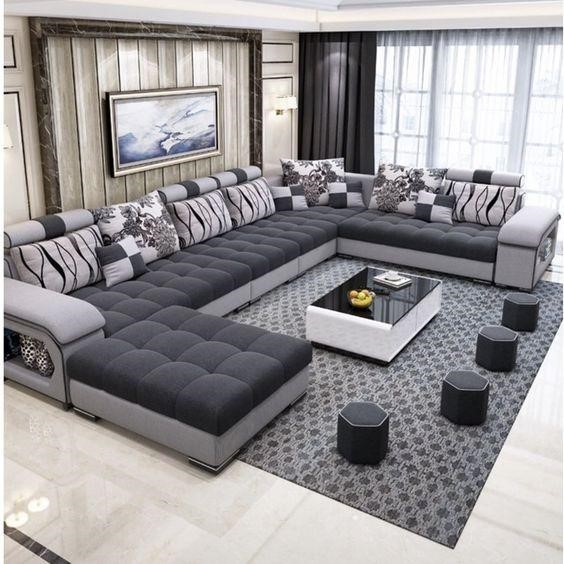
Photo: https://www.alibaba.com
All furniture has story to tell. The question that the photographer should answer is how to tell a better story. Achieving consistency, creating emotion and a feeling of each frame through the lifestyle photography will enable potential customers to immediately understand what is being offered and what role the product will play in their lives.
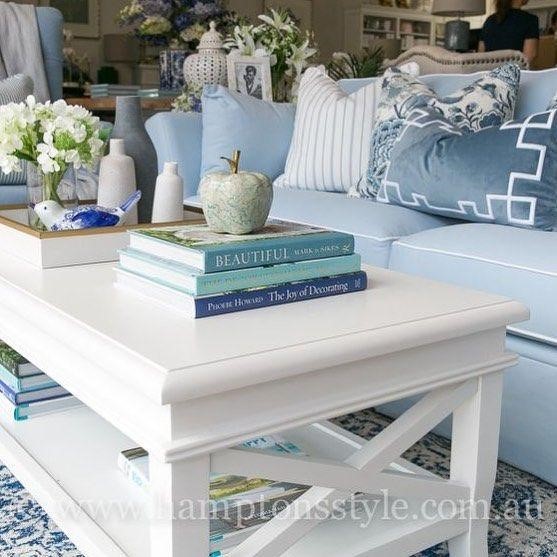
Styling
The artistic, interior approach is strategically important in a composition for furniture photographing. It is necessary to achieve a balance between the colors the leading lines, the depth and space.
Whether the object to be captured will be furniture with bright colors or with neutral tones, the space around and the individual elements together have to emphasize the main product, showing it in the best light. The color palette is of key importance, therefore it is important to make a plan in advance with regard to the colors and backgrounds that will be used.
To achieve a precise styling for indoor photography, it is a good idea to think of whether to add decorative elements? Whether the color and texture go well together? Are there too many elements or the space is too empty?
The main goal is for the space to look natural.
Professionals recommend using as little natural light as possible.
Direct sunlight should be avoided if the photos will be taken outdoors or net to the window, because the light will create heavy shadows. The best results are achieved with controlled lighting in a studio. Artificial lighting can be regulated and is softer. Using diffusers, light can be scattered. So unwanted shadows disturbing the frame will not be present. All parts of the object will be evenly lightened with the help of the reflector.
How to create depth? Suitable settings.
Once the scene for the frame is set, it is necessary to pay attention to the individual decorative elements and their effect.
Do they distract attention from the main object? Where does the look go?
For example, if something stands out in the foreground, this would be too distracting. It happens if the color is too bright or another decorative element is in focus.
The setting of the aperture should be consistent with the main object to produce a clear image.
For interior shots, the aperture range is defined between f/8 to f/16. But a different aperture opening can be used / f-stop, as long as it contributes to the creation of the desired depth and the main object to be in focus.
The wide-angle lens is a must in interior photography, especially when shooting an entire room scene where the intention is to focus on a specific furniture.
The suitable focal length is within 16- 24 mm for a full frame format cameras and equivalent, about 10-16 mm for a crop sensor.
Choosing the right lenses is not always easy, but the main lens, for example 24 mm or 50 mm, will work well in capturing furniture. The advantage is that with enough space for movement around the object, such type of lenses will provide the best quality and the clearest detail.
Long lengths of furniture combined with long focal lengths will require the smallest aperture opening you can possibly use.
Shooting with small aperture helps capture all the details of the product, which is an advantage for e-commerce and especially when there is an option to enlarge the photo in online shops.
On order to improve the end result, photo editing software is a must.
Unlike the jpegs that are compressed, the RAW files contain all data that we capture. This allows finer and quality processing.
Each stage of the entire process of photographing interior and furniture, from planning itself to retouching, has to give a sense of naturalness, capture details and present the environment and way of application of the specific objects.
